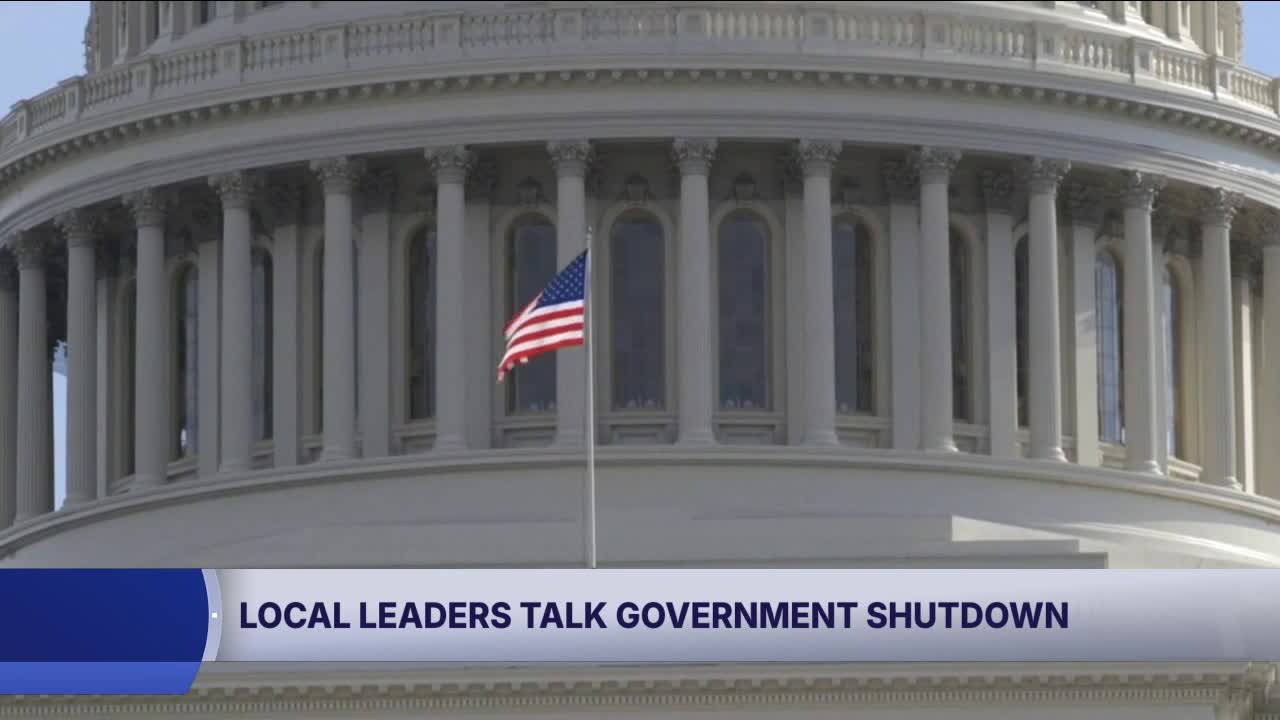CLEVELAND — The month of October begins with the first federal government shutdown since late 2018 after lawmakers in both parties failed to reach a deal. The holdup is healthcare, specifically Democrats wanting to reverse Medicaid cuts and extend Obamacare subsidies to keep healthcare costs from rising for millions.
"I'm going to leave the negotiations to leadership but as for me it is important that the 38,000 consituents that I represent in Ohio's 11th Congressional District do not see sticker shock when it comes to their healthcare," said Rep. Shontel Brown. "The fact that these increases are on average around $700 a year is not something that my constituents can easily burden, they're already struggling to make ends meet."
While Republicans blocked that, Senate Democrats blocked a GOP bill to keep the government funded that would have extended the shutdown date, something they already did in March.
"What we're doing is taking last year's budget that every Democrat voted for, that they then extended in March and voted to extend to September," said Senator Bernie Moreno.
"What we're saying is give us seven more weeks at the current Biden spending, their priorities, their levels, no new Republican priorities. And during that seven week period of time all we have to do is four more appropriations bills, we've got eight done with massive bipartisan support, three that are already passed. In the seven week period we can get a budget done," he said.
Republicans have secured the support of three Senate Democrats and are attempting to win over more.
"So we're going to take another vote today to see if we can get five more Democrats," Moreno said. "But if that doesn't happen, this could go on for a long, long time."
And that's what happened in late 2018 and stretched into 2019. That impasse over the funding of the border wall that year resulted in the federal government shutting down for a record 35 days.
Its impact was felt locally by federal employees, such as those from NASA Glenn. One man News 5 spoke to at the time said that after several weeks, he feared being evicted from his apartment.
"If it goes on for more than another week or two, I'm going to have to talk to my landlord and my creditors and say, 'Hey, listen—this is where I'm at, what can we do?'"
NASA Glenn went so far that year as to host an event at the Great Lakes Science Center for furloughed employees to learn more about food banks, loan options, and other resources to help them get through the shutdown.
Not impacted in 2019 were most of the more than 2,600 DFAS employees who work in the Celebrezze Federal Building in Downtown Cleveland; they are the ones who cut military checks. They stayed open because they don't rely on appropriations but rather on payments from the military.
The nearly 1,000 Federal Reserve Bank employees also remained on the job because, even though federal is in their name, they're not technically a federal agency, and they rely on their own funding sources.
Travelers noticed no difference because air traffic controllers and TSA agents were required to work without pay. The same applies to most in federal law enforcement.
Shutdown back then, as well as today, are sites like the President James Garfield National Historic Site, but open-air sites like the Cuyahoga Valley National Park remain open. However, buildings that require staffing are closed.
October is one of the park's busiest times, said Greg Peckham, president and CEO of the Conservancy for Cuyahoga National Park. He encouraged parkgoers to continue taking advantage of the natural beauty, adding that, unlike in 2019, the park's restrooms are now open.
RELATED: Cuyahoga Valley National Park closed during federal government shutdown, but you can still visit





